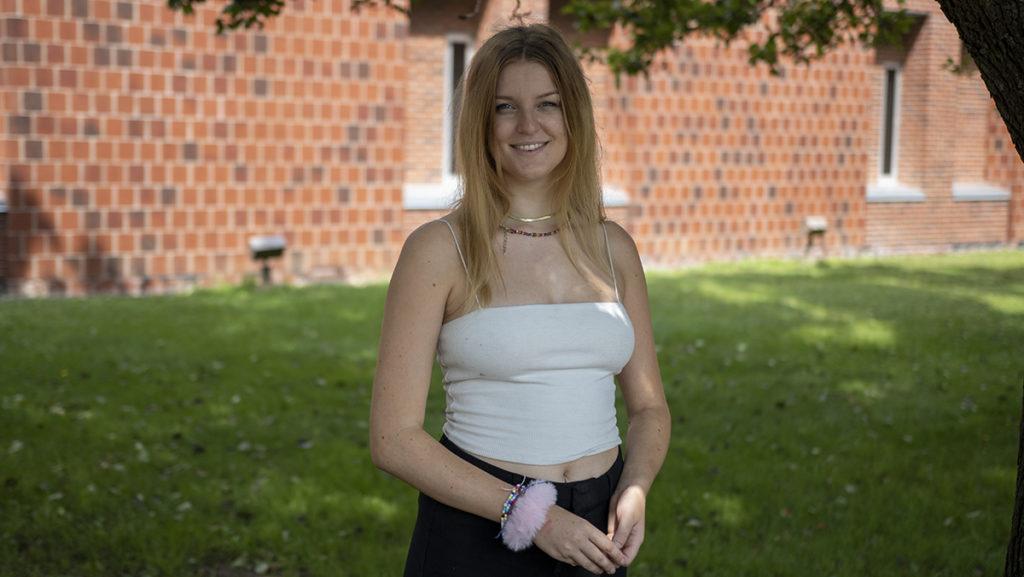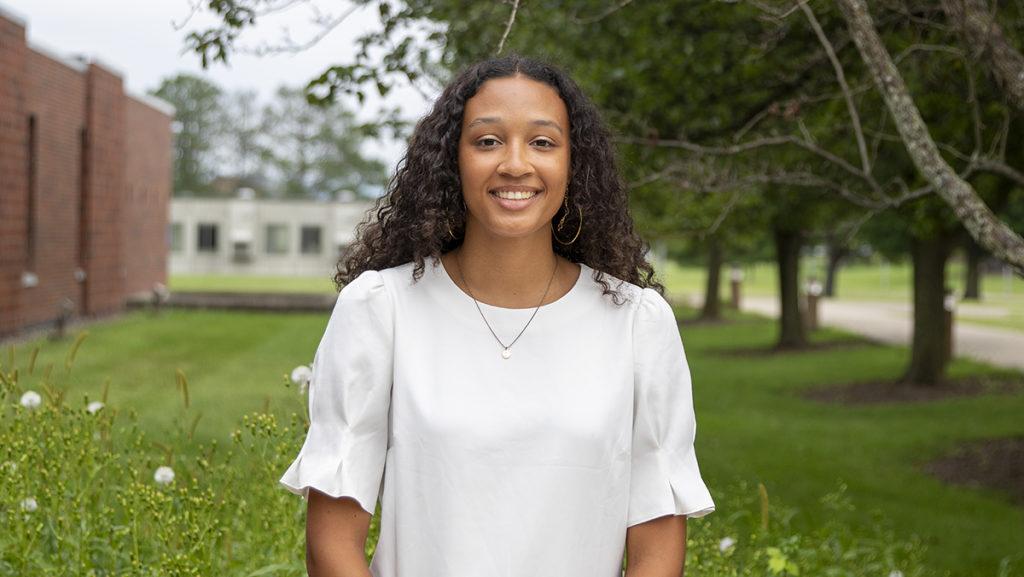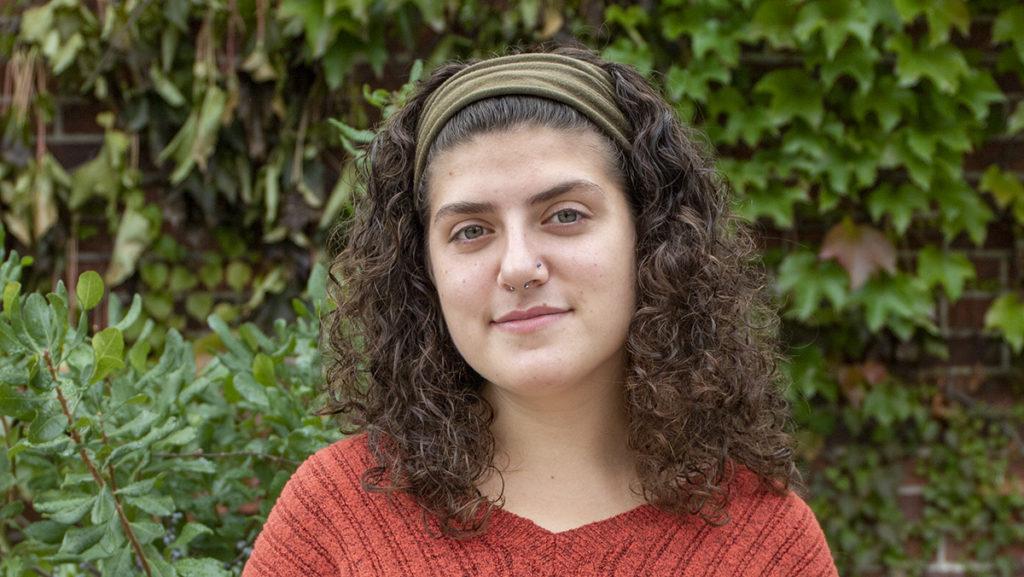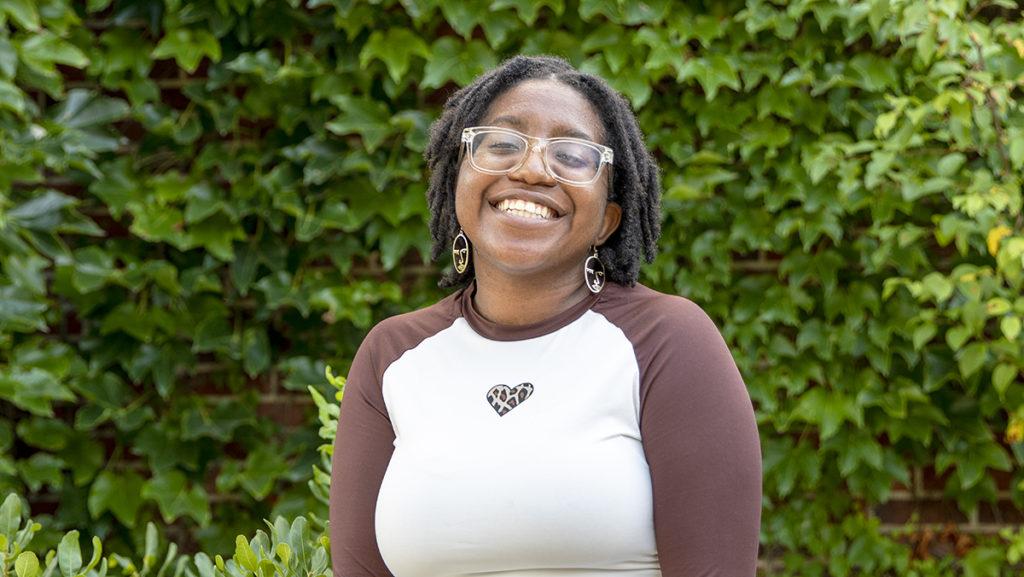DNA is some pretty cool stuff. If you think about it, it’s something as simple as some sugar, some phosphates, and a few different rings made of carbon and nitrogen. Sounds pretty elementary, but consider that this combination creates what is essentially the family heirloom cookbook that contains all the recipes to produce, say, a human. On April 25th, the scientific community celebrates this wonderful molecule with DNA Day, as it commemorates the discovery of the double helix in 1953 and the completion of the Human Genome Project in 2003.
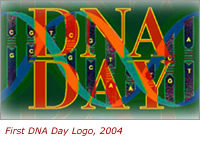
James Watson and Francis Crick, who published their double-helix model in Nature 60 years ago, are generally credited for the discovery of the model, but it was actually Rosalind Franklin and her “Photo 51” that provided the key proof. Franklin shot X-rays through the DNA, and the diffraction pattern proved that DNA was indeed a double helix rather than the triple-helix model that was proposed at the time. While Watson, Crick, and Franklin’s research partner, Maurice Wilkins, were awarded the 1962 Nobel Prize for Physiology or Medicine, Franklin was ineligible for the award, as she had passed away in 1958 due to X-ray exposure.
In 2003, the human genome was (almost) completely sequenced in a combination effort of scientists around the globe, with 99% of the genome sequenced to 99.99% accuracy or greater. From this study, geneticists were able to determine that only about 1-2% of our genome actually codes for proteins, much of that is due to duplicated chunks, and we only have about 25,000 genes. Our diversity, then, comes from the ability to mix and match coding regions in a given gene to make different proteins.
DNA Day has been celebrated since 2004 with events directed by the National Human Genome Research Institute. The NHGRI seeks to promote all the cool things going on in the world of genetics and show the public how large a role genetics plays in everyone’s lives.


